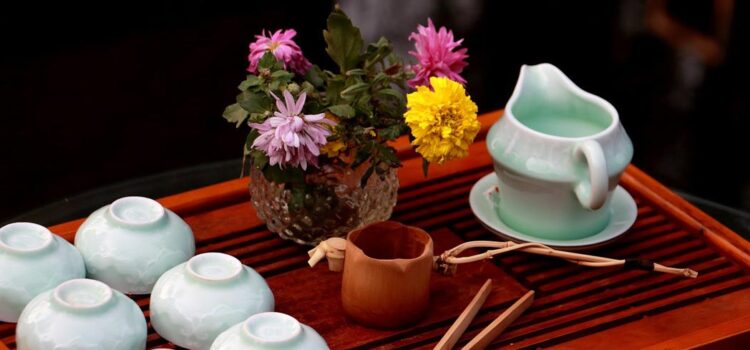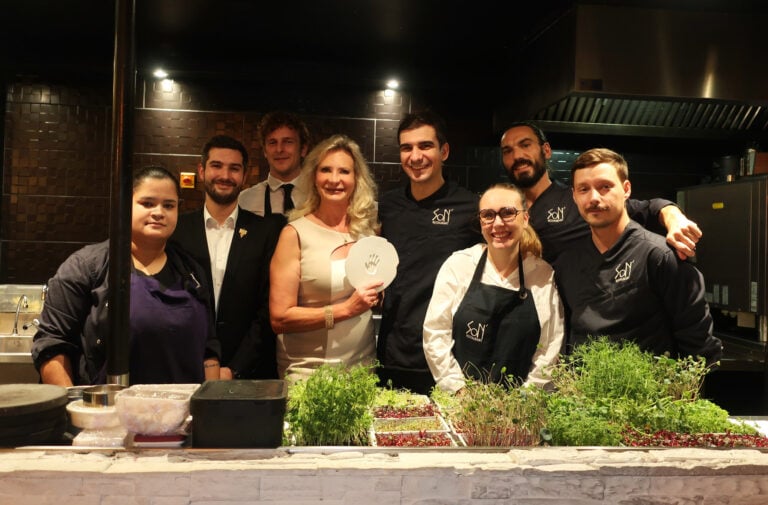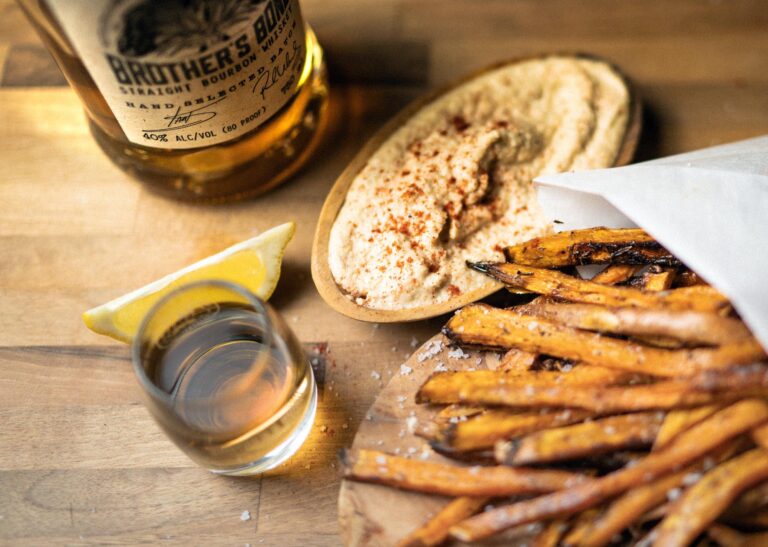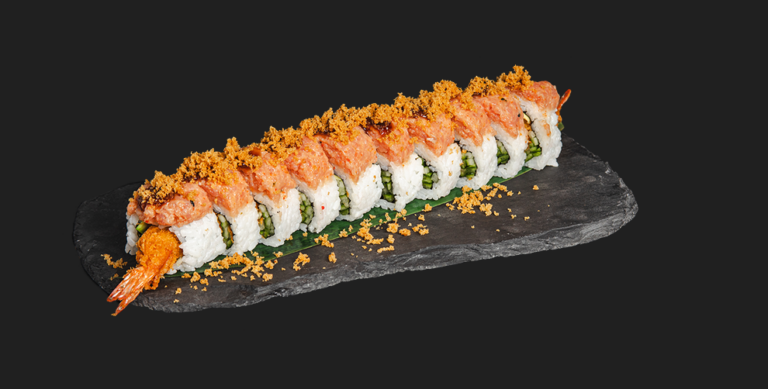The Ritual of Tea Drinking

Although we confess ourselves entranced by the wonders of wine, tea remains the world’s oldest and, after plain water, most popular beverage. Tea connoisseurs believe that more nuances of flavor can be discovered in a discerning cup than in a velvety vintage, and point in their defense to the fact that while the grape has more than 3,000 varietals, there are some 10,000 types of tea.
In addition, while the year’s harvest in the vineyard promises future rewards, tea is meant to be consumed promptly; the fields offer no guarantee that the next season’s plucking will provide leaves of equally exquisite flavor.
Pick Loose Leaf
It is heartening to learn that, despite the intensive labor required, many tea growers are reverting to the orthodox manufacture of tea, especially in Nilgiri, Darjeeling and Assam in India, as well as in many areas of China. By avoiding the “CTC,” or “cut, tear and curl” method that produces the uniform pellets suited to tea bags, orthodox manufacture provides a whole, unbroken leaf, which in the proverbial “agony of the leaves” unfolds in the cup with the grace of a great ballerina and provides pure, ambrosial flavors.
In much of the world, the United States in particular, legendary and rare teas once were the subject matter for “tea tales,” the flavors of these leaves only available to the imagination. However, many exquisite teas now are available to the connoisseur in limited quantities, thanks to the opening of trade with China as well as the burgeoning free-market trade in India and Sri Lanka. As a result, an era of tea connoisseurship has commenced.
Should you choose to follow this path, it is important to begin by selecting only loose-leaf teas. Give consideration to the oolongs, especially to Ti Kwan Yin, which is China’s finest. Progress next to the richer Qimuns (Keemuns), which are known for their gorgeous red colors, smooth, silky tastes and heartier flavors. Eschew milk or sugar with either of the above (these condiments are perfect with Assams and some Ceylons), and bear in mind that to the dedicated tea drinker, the only way to determine the truest flavors is to taste teas in their purest states. Having progressed this far, explore green teas, which are the most delicate of all.
Cupping Tea
As in wine tasting, the act of “cupping” teas requires a careful, considered approach. After sipping the fragrant liquor, swirl it in the back of the mouth and allow the flavor and texture of the tea to reveal themselves. A bit of tannin may be noticeable, as well as a texture ranging from thin to chewy.
In general, two to five minutes suffice for the brewing of loose-leaf teas in the oolong and black categories, although some teas benefit from an extra minute or two. Let your own taste be the guide, and if unsure how to proceed, taste at intervals of one minute until perfection seems to have been achieved.
Darjeeling, often referred to as the Champagne of teas, can be treated either like green or black tea. To brew it in the fashion suited to green tea, heat spring water to 70 degrees Centigrade and brew for one-and-one-half to two minutes. To treat Darjeeling as a black tea, which is the general rule in Europe, brew it in boiling water for three to five minutes.
Since green teas are fresh and full of sweet, grassy taste of the leaf, lower water temperatures are essential to avoid loss of flavor or the development of a bitter taste. Even so, the process is simple: Place a large pinch of leaves in the pot, pour on the water and allow to brew just one or two minutes. The tea should be served in thimble-sized cups.
Yixing Teapots
A fine teapot aids in the enjoyment of connoisseur-quality teas. Yixing clay teapots, priced from $3 to $100,000 (the upper price categories are determined by age, artist and other considerations), contribute much to the flavor of the tea, as well as pleasing the eye and providing a contemporary connection to ancient tea rituals.




